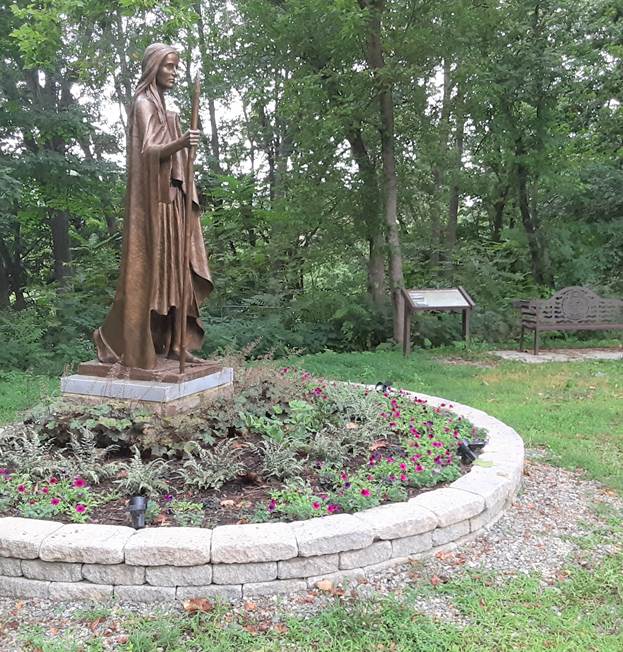From: Amanda Workman <amanda@mountainmedianews.com>
Sent: Friday, July 24, 2020 2:47 PM
To: wpnewsmessenger@virginiamediainc.com; wpnewsjournal@virginiamediainc.com
Subject: [sports] High school soccer bites the dust
By Marty Gordon
Another high school sport has bitten the dust with the announcement soccer is now classified as a “high-contact risk” sport.
This designation places soccer in the same classification as basketball, field hockey, football, lacrosse, volleyball and wrestling. The good news is that Virginia high schools typically play soccer in the spring, but discussions have arisen to flip spring and fall sports, meaning soccer would be on the outside looking in.
Billy Haun, executive director of the Virginia High School League (VHSL), said this update changes the concept of Model 2 drastically.
“One of the pros for Model 2 was the fact that it offered the opportunity to get more student-athletes back on the field this fall,” Haun said. “Now, both soccer and lacrosse would not be played due to being classified as high contact risk sports, which would eliminate approximately 28,000 student-athletes. This model would leave spring athletes very vulnerable and lacrosse and soccer with the loss of two seasons.
“Our only objective is to provide as many opportunities to get our student-athletes on the field and courts,” Haun said. “We will continue to review the classifications for these sports with our Sports Medicine Advisory Committee (SMAC) of leading health experts and with our executive committee to provide a healthy and safe environment for those participating in athletics.”
The announcement comes on the heels of the Virginia organization‘s declaration that if athletics move ahead this fall there would be no football. There is, however, a proposal on the table to move football and the other high–risk sports to the spring. The VHSL is expected to make a final decision next week.
As reported by the NCAA, while surface contact may be a risk, the most impactful determinant of COVID-19 spread is human-to-human contact.
COVID-19 spread is greatest when individuals are in a crowded environment with prolonged close contact. Further, the risk of COVID-19 transmission is greater in indoor areas with poor ventilation. Indoor areas with good ventilation are better, and outdoor areas are best. Thus, COVID-19 spread is most likely when individuals are in prolonged close contact in an indoor area with poor ventilation, which has implications for both sport training and sport competition planning.
The CDC defines high risk of COVID-19 transmission as any situation in which there has been greater than 15 minutes of close contact, defined as being less than six feet apart, with an infectious individual.
A risk of transmission exists from being present with infectious individuals who are symptomatic, pre-symptomatic or asymptomatic.
The risk assessment has now been updated below to include all NCAA-sponsored sports, including both winter and spring sports. This risk assessment differs from the National Federation of State High School Associations and the United States Olympic and Paralympic Committee and also may differ from state/local risk categorization guidance.
- Low contact risk: bowling, diving, equestrian, fencing, golf, rifle, skiing, swimming, tennis, track and field*.
- Medium contact risk: acrobatics and tumbling, baseball, beach volleyball, cross country*, gymnastics, softball, triathlon*.
- High contact risk: basketball, field hockey, football, ice hockey, lacrosse, rowing, rugby, soccer, squash, volleyball, water polo, wrestling.
The level of risk in cross country, track and field and triathlon is dependent upon the student-athlete’s proximity to other unmasked individuals. For example, the start or finish of a race may involve a group of athletes who are breathing heavily in a group space with a breakdown in physical distancing.
Shannon Butler, VHSL executive committee chairwoman and principal at York High School, said, “The goal in all our discussions has been to provide our student-athletes and activity participants the best opportunity to return to the playing fields, courts, track and stages during this school year in a safe environment as possible.
“Our decision will allow members of the executive committee to collaborate with the regions and groups that they represent to make a decision on July 27 that is in the best interest of our students,” Butler said. “Moving forward – our ultimate goal would be to have all of our student athletes the opportunity to safely represent their schools on the playing field during the 2020-2021 school year”
The three models presented to the Executive Committee for the opening of sports/activities are as follows:
- Model 1 – Leave all sports in their current season. Low and moderate contact risks sports that would be allowed to play are golf and cross country. High risk sports that would not be played are field hockey, football, volleyball, and cheer. A fall activity that would be allowed is theatre.
- Model 2 – Switch fall and spring seasons. Low and moderate contact risk sports that would be allowed to play in the fall are track and field, tennis, soccer, baseball and softball. High risk sports that would not be played are boys/girls lacrosse. Spring activities that would be allowed are theatre, forensics/debate and film festival
- Model 3 – Delay all VHSL sports and adopt the Condensed Interscholastic Plan. Leave all sports in the season where they are currently aligned: season 1 (winter) Dec. 14 – Feb. 20 (first contest date – Dec. 28); season 2 (fall) Feb. 15 – May 1 (first contest date – March 1); season 3 (spring) April 12 – June 26 (first contest date – April 26).

